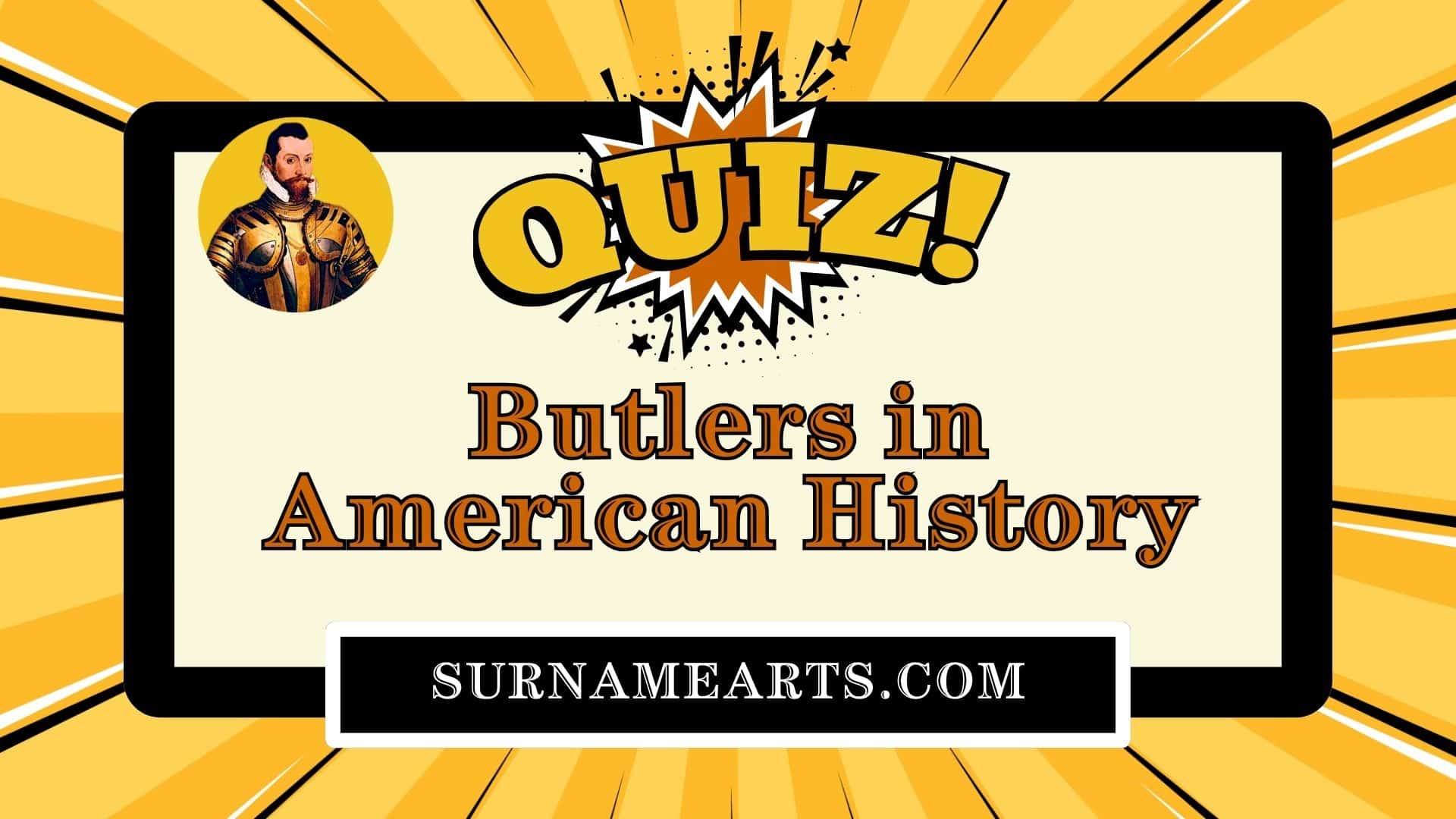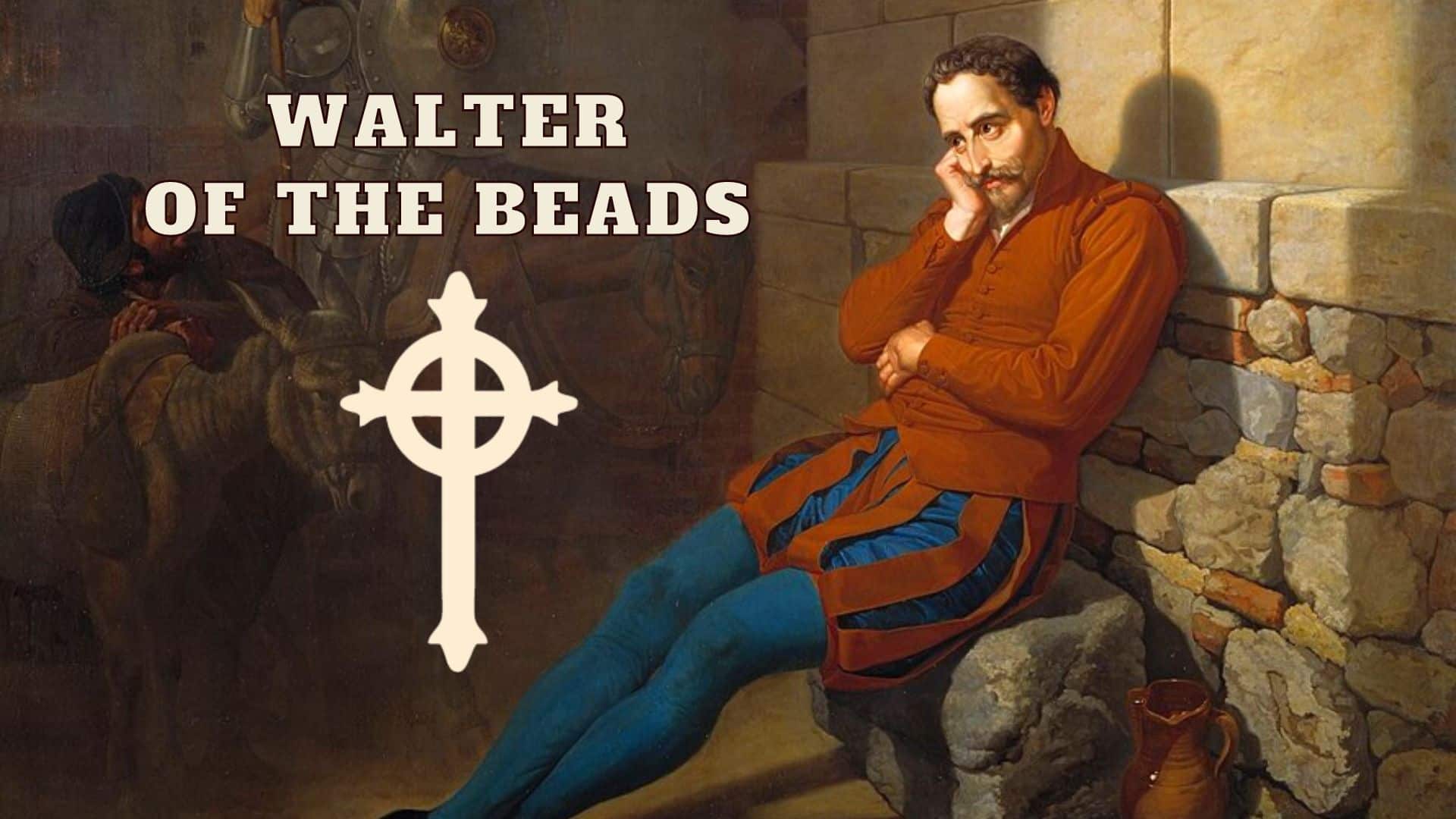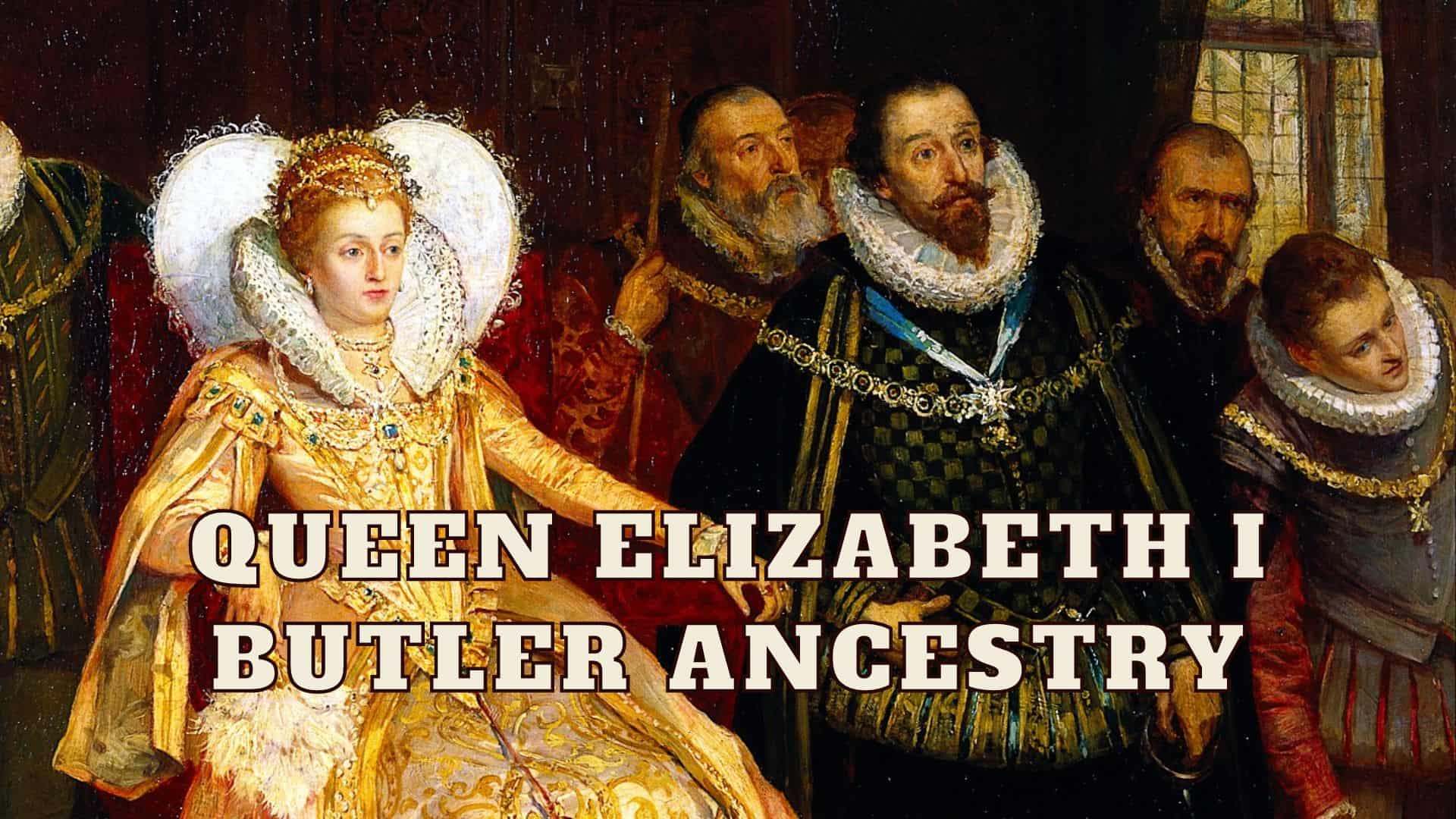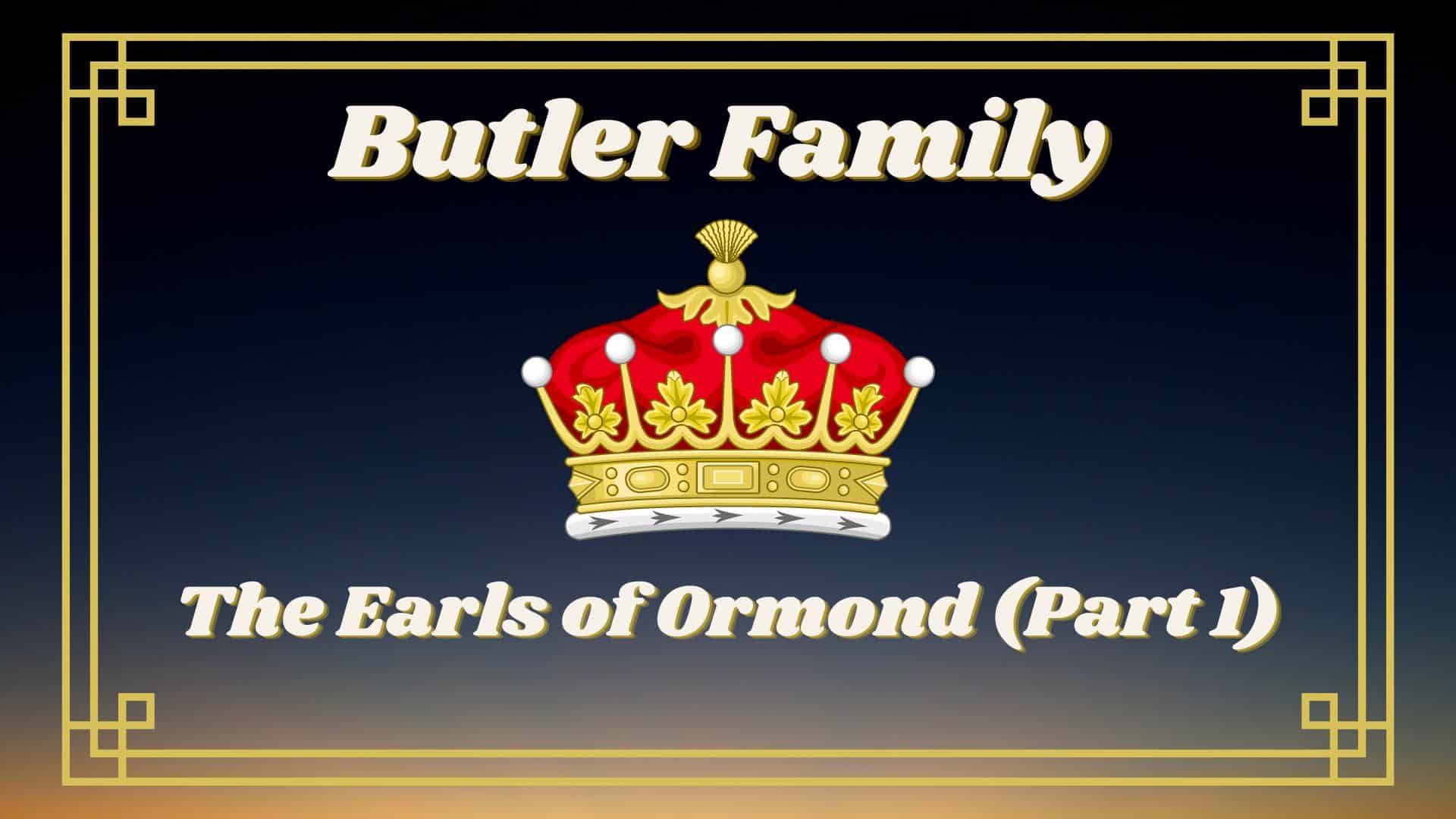Butler family members played critical roles on both sides of the American Revolution. Based on the FamilySearch United States Rosters of Revolutionary War Soldiers and Sailors collection, over 1,500 men with the last name Butler fought in the war from its start on April 19, 1775, to its conclusion on September 3, 1783.
The following Butlers in America are noteworthy for contributions to their respective sides in the American Revolutionary War:
Edward Butler (1762-1803)

Edward was the youngest of the Fighting Butlers. He joined the 9th Pennsylvania Regiment as an ensign when he was 16 years old. He fought in the Battle of Stony Point, the Siege of Yorktown, and the Battle of Green Spring. After the Revolutionary War, Edward served as a captain in the Northwest Indian War. He fought in the battle known as St. Clair’s Defeat, where his brother Richard was killed and his brother Thomas was wounded.
James Butler (1737-1781)
James was born in Virginia and moved to South Carolina’s Ninety-Six District with his family in the 1770s. By 1779, he was a captain in the local militia. He refused to take the oath of allegiance to the British, so he was jailed in Charleston. After his release, over 300 loyalists under the command of William “Bloody Bill” Cunningham killed James and his son at Cloud’s Creek (present-day Saluda County, South Carolina).
John Butler (c.1728-1786)
John was a brigadier general who served in the Hillsborough District Brigade of the North Carolina militia during the American Revolutionary War. He participated in the battles of Moore’s Creek Bridge, Stono Ferry, Camden, and Guilford Courthouse. John is best known for his role in the Patriot defeat at the Battle of Lindley’s Mill. Concurrent with his military duty, he also served in the North Carolina House of Commons.
John Butler (1728-1796)

John was a famous loyalist who led the provincial regiment known as Butler’s Rangers on attacks in New York and Pennsylvania. He took part in the Cherry Valley Massacre and the Battle of Wyoming. After the war, the British Crown granted him land in the Niagara region of Canada for his wartime service and compensation for confiscated land. John later moved to Upper Canada (present-day Ontario), where he helped establish the Anglican Church and Masonic Order.
Percival Butler (1760-1821)
Percival was one of the Fighting Butlers from Pennsylvania. He was promoted to second lieutenant in 1777 and fought in the Battles of Saratoga, the Battle of Spencer’s Ordinary, and the Siege of Yorktown. After the Revolutionary War, he moved to Kentucky and was named adjutant general in the War of 1812. Percival’s son, William Orlando Butler (1791-1880), was a candidate for vice president of the United States in 1848.
Pierce Butler (1744-1822)

Pierce joined the British Army at age 11. By age 14, he was a full lieutenant and commanded troops against the French in North America. He went to South Carolina as a member of the British Army but resigned in 1773 to join the American cause. In 1779, the Governor of South Carolina asked Pierce to reorganize the state’s defenses. He was given the rank of brigadier general but preferred major because that was his highest combat rank. After the war, Pierce entered politics. He became a founding father of the United States when he signed the Constitution at Independence Hall in Philadelphia, Pennsylvania on September 17, 1787.
Richard Butler (1743-1791)
Richard was the eldest of the Fighting Butlers. He fought in critical battles of the American Revolution, including the battles of Saratoga (1777); Monmouth (1778); Spencer’s Ordinary (1781); and Yorktown (1781). He was promoted to brigadier general in 1783. Several U.S. counties and cities are named after Richard Butler.
Thomas Butler (1720-abt.1789)
Thomas was the patriarch of the Fighting Butlers. He immigrated from County Wicklow, Ireland, and settled in Carlisle, Pennsylvania, where he began making Pennsylvania long rifles in 1748. In 1777, the Second Continental Congress named Thomas Chief Armorer, responsible for manufacturing and repairing weapons for battles with the British. He had five sons who joined the Continental Army and fought in critical battles of the American Revolution, most of the time in the same unit or adjacent units.
Thomas Butler (1754-1805)
Thomas was commissioned as a first lieutenant in the 2nd Pennsylvania Battalion in 1776 and promoted to captain in the 3rd Pennsylvania later the same year. He was famously court-martialed for refusing to cut his hair. He was the son of Thomas Butler (1720-abt. 1789) and brother of Major General Richard Butler and Captain Edward Butler.
Walter Butler (1752–1781)
Walter was a British loyalist and captain in the Butler Rangers, the regiment led by his father, John Butler. He was apprehended by Continental Army troops in 1777 while attempting to recruit Rangers at the Shoemaker Tavern in German Flatts, New York. Walter was sentenced to death for spying and imprisoned in Albany but escaped to Canada. In 1778, he and Joseph Brant, a Mohawk chief, led a troop of Tories and Indians in the Cherry Valley Massacre expedition. He was killed by rebel soldiers in 1781.
William Butler (1744-1789)
William was the second eldest of the five Fighting Butlers. When the 4th Pennsylvania Regiment was formed in 1776, he was appointed a lieutenant colonel in the Continental Army. He is noted for his leadership at the Battle of Monmouth, the burning of Indian settlements at Unadilla and Oquaga, and the Sullivan-Clinton Expedition.
Zebulon Butler (1731-1795)
Zebulon was commissioned as a lieutenant colonel in the Continental Army’s 3rd Connecticut Regiment in 1777. His most well-known conflict was the Battle of Wyoming, where he lost 340 men while charging a superior force of 574 Loyalists and Iroquois under the command of Loyalist John Butler (no relation).
Recommended Reading:
- “National Archives NextGen Catalog.”
- “FamilySearch.org.”
- “Butler – U.S., Revolutionary War Rolls, 1775-1783 – Ancestry.com.”
- Jervey, Theodore D. “The Butlers of South Carolina.” The South Carolina Historical and Genealogical Magazine, vol. 4, no. 4, 1903, pp. 296–311.













